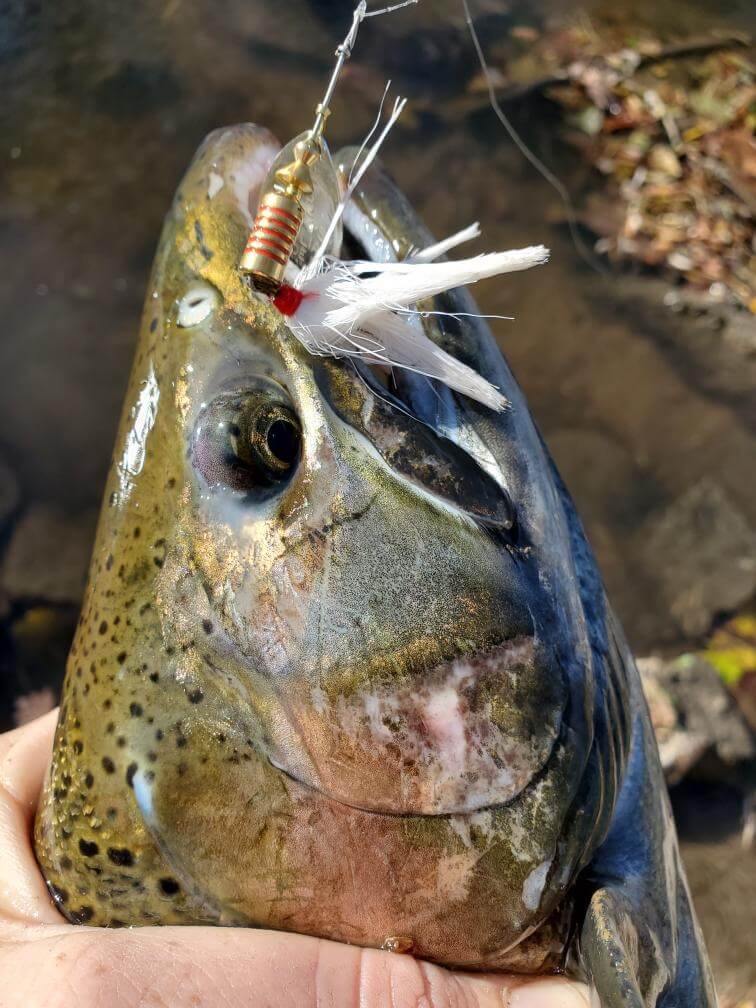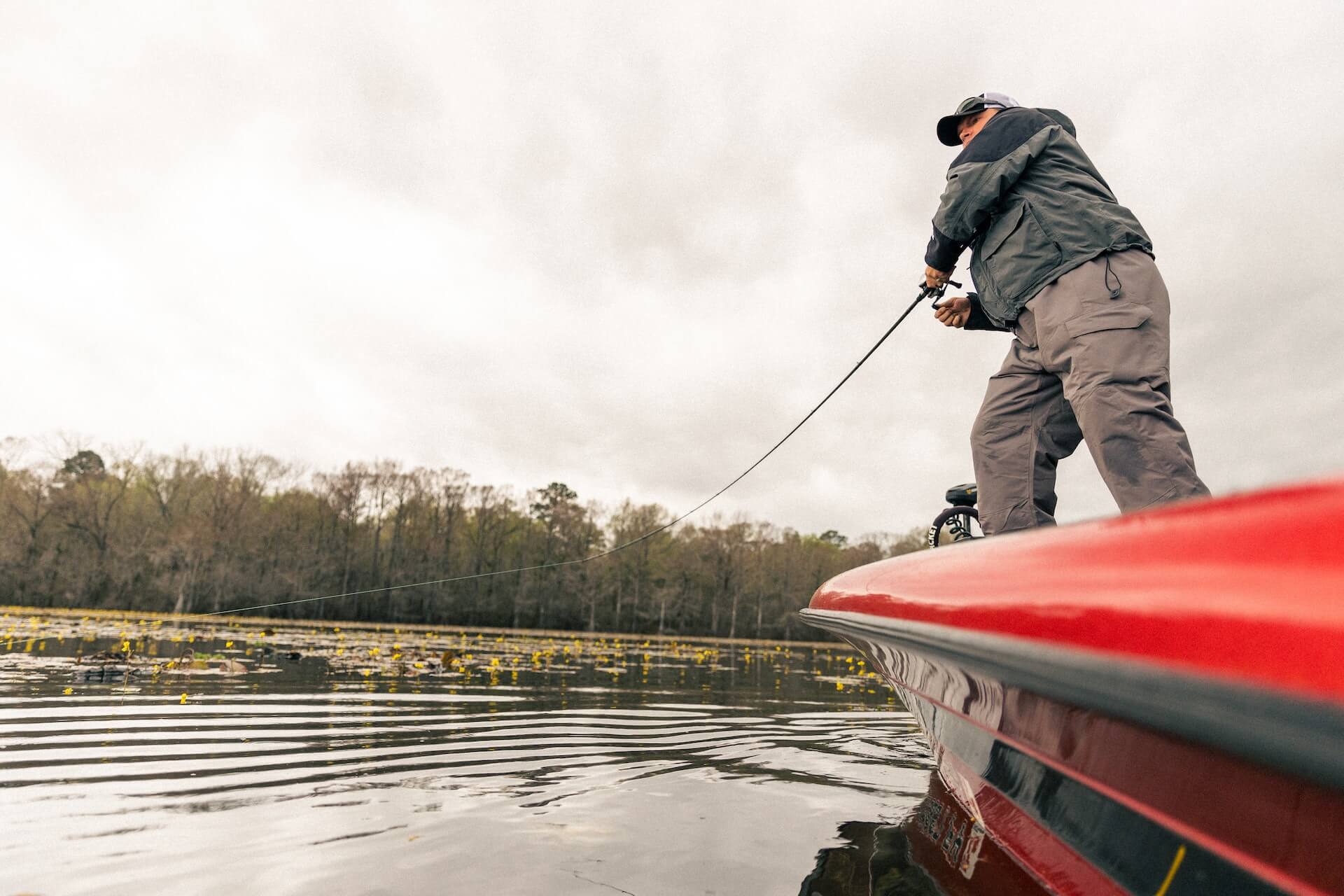.jpg)
Spoon fishing is a very popular technique among anglers, not least for its simplicity and effectiveness. However, it's not always easy to know what size spoon to usepeach spoon to optimise your chances of catching a fish. In this article, we'll give you some advice on how to choose the right size of spoon for the fish you want to catch.
The different types of spoon
.png)
First of all, it's worth remembering that there are several types of fishing spoons, each with specific characteristics that influence their effectiveness. Here's a brief overview of the main types:
- Wobbling spoons : They are generally long and slender, with a slightly curved shape that enables them to produce vibrations that are attractive to fish. They are particularly suitable for freshwater fishing and for targeting species such as trout and pike.
- Revolving spoons : These spoons are equipped with a mobile puck that rotates around the spoon's axis when it is animated, generating a disordered and irregular movement. This type of spoon is often used for spinning.
- Paddle spoons : Here the spoon has a fixed puck that acts like a propeller when it is moved. This type of spoon works well in strong currents and when fishing for fish at depth.
Now that you know the different types of spoon, it's time to look at the question of size.
The size of the spoons depends on the type of fish you are looking for

Your choice of spoon size will depend mainly on the type of fish you want to target. Some fish are more attracted to small lures, while others prefer larger prey. Here are some general recommendations to help you make your choice:
For trout
Trout are fond of insects and small fish. So it's best to opt for small spoons, generally between 2 and 5 centimetres. Wobbling and spinning spoons are particularly suitable for trout fishing, with a preference for light, thin models that emit subtle vibrations.
Our selection of spoons for trout :
For pike
Pike are voracious predators and do not hesitate to attack large prey. For this species, it is therefore advisable to choose larger spoons, up to 10 centimetres in length. Wobbling and paddle spoons are particularly effective for pike fishing.
Our selection of spoons for pike:
For pike-perch
Pike-perch feed mainly on fish, so it's best to use spoons that mimic the behaviour of their natural prey. An average size of between 4 and 7 centimetres is generally recommended for pike-perch fishing. Spinner and paddle spoons are best suited to this fish.
Our selection of spoons for pike-perch :
- t
Adapt the size of your spoon to the fishing conditions

As well as the type of fish you are targeting, you need to take into account the conditions in which you are fishing to choose the ideal size for your spoon. Here are a few things to consider:
- Depth : If you're fishing shallow waters, opt for smaller, lighter spoons that will work close to the surface. Conversely, if you want to explore the depths, opt for heavier, more voluminous models that will descend rapidly into the water column.
- The colour of the water : In clear water, fish are generally more wary, so it's best to use small, discreet spoons. On the other hand, in murky water, don't hesitate to use larger, flashier lures to attract the fish's attention.
- Water temperature : When the water is cold, fish are often less active and it may be wise to use smaller spoons that emit discreet vibrations. On the other hand, when the water warms up, fish become more aggressive and you can opt for larger, noisier models.
In conclusion, your choice of spoon size for fishing will depend mainly on the type of fish you are targeting and the conditions in which you are fishing. Don't hesitate to adapt your equipment according to these factors, and don't forget that experience is often the best adviser when it comes to finding the ideal spoon size !
Our other articles on spoon fishing :
